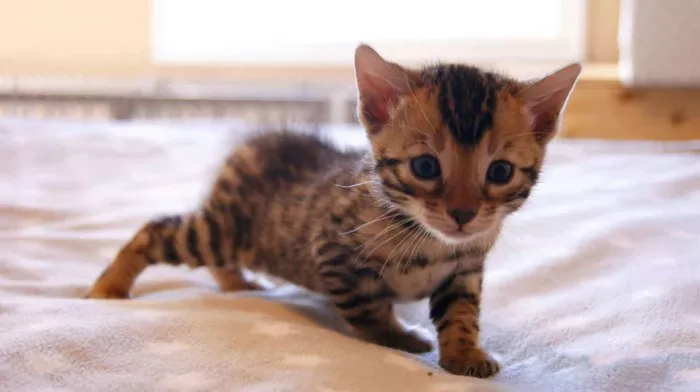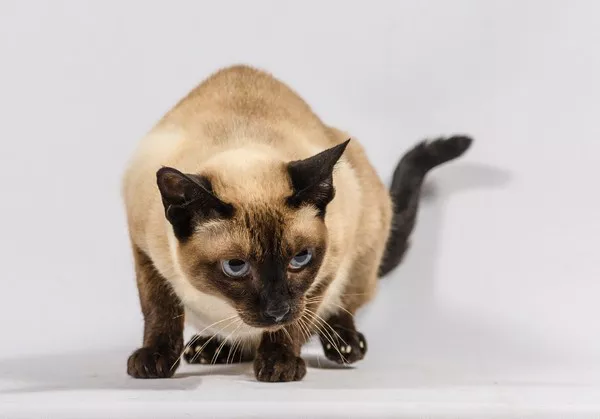Bengal cats are known for their stunning appearance and unique personality traits. As a Bengal cat owner, you may have noticed various behaviors that set them apart from other feline companions. One aspect that some Bengal cat owners encounter is drooling. Additionally, questions arise about their behavior towards other cats. In this article, we will explore whether Bengal cats are aggressive with other cats, addressing their temperament, social dynamics, and methods to ensure harmonious interactions between Bengal cats and their feline counterparts.
Understanding Bengal Cat Temperament
1. Energetic Nature: Bengal cats are recognized for their high energy levels and playful demeanor. Their active nature stems from their wild ancestors, who were accustomed to navigating their natural habitats with agility and speed.
2. Curiosity and Intelligence: Bengal cats are highly curious and intelligent. They enjoy exploring their environment, solving puzzles, and engaging in activities that challenge their mental and physical capabilities.
Interactions with Other Cats
1. Individual Variations: The way Bengal cats interact with other cats can vary widely based on factors such as their socialization, personality, and previous experiences. Some Bengal cats exhibit friendly behavior, while others might display territorial tendencies.
2. Introduction Process: When introducing a Bengal cat to other cats, it’s essential to take a gradual approach. Keep the Bengal cat and the resident cat(s) separated initially, allowing them to become familiar with each other’s scent before direct interactions.
Aggression vs. Playfulness
1. Playful Behavior: Bengal cats often exhibit playful behaviors that can be mistaken for aggression. Their natural curiosity and energy may lead them to engage in chase games, pouncing, and mock hunting, which are playful interactions.
2. Establishing Boundaries: While playful interactions are common, it’s crucial to monitor the interactions between Bengal cats and other cats to ensure that boundaries are respected and that play does not escalate into aggressive behavior.
Territorial Tendencies
1. Territorial Nature: Bengal cats, due to their ancestral lineage, may possess territorial instincts. This can lead to assertive behaviors, particularly when they feel the need to establish their presence in a shared environment.
2. Multi-Cat Households: In multi-cat households, territorial disputes can arise among Bengal cats and other cats. Providing ample resources, such as litter boxes, feeding stations, and resting spots, can help mitigate potential conflicts.
Strategies for Successful Introductions
1. Scent Exchange: Before introducing Bengal cats to other cats, engage in scent exchange by using separate bedding or rubbing a cloth on each cat and then placing it near the other cat’s area. This allows them to become familiar with each other’s scent.
2. Controlled Visual Introductions: Once the cats are comfortable with each other’s scent, conduct controlled visual introductions. Place a baby gate or use a cracked door to allow them to see each other without direct contact.
3. Supervised Direct Interactions: Gradually progress to supervised direct interactions. Ensure the initial interactions are brief and positive, gradually increasing their duration as the cats become more comfortable.
Recognizing Aggressive Behavior
1. Body Language: Recognizing signs of aggression in Bengal cats involves understanding their body language. Puffed fur, hissing, growling, and ears laid back are indicators of potential aggression.
2. Intervention and Separation: If aggressive behavior is observed, intervene calmly and separate the cats. Provide separate spaces where they can cool down before attempting another introduction.
Seeking Professional Guidance
Consultation with a Veterinarian: If aggression persists or escalates, consult with a veterinarian who specializes in behavior. They can provide insights and recommend strategies to address aggressive behavior effectively.
Conclusion
In conclusion, understanding Bengal cat behavior and interactions with other cats is essential for creating a harmonious environment in multi-cat households. While some Bengal cats may exhibit territorial tendencies, aggression is not a universal trait among this breed. Playful behavior and territorial instincts should be approached with a balanced perspective, considering individual variations and experiences. By employing gradual introduction techniques, recognizing signs of aggression, and seeking professional guidance if needed, Bengal cat owners can promote positive relationships and ensure a peaceful coexistence between their Bengal cat and other feline companions.

























